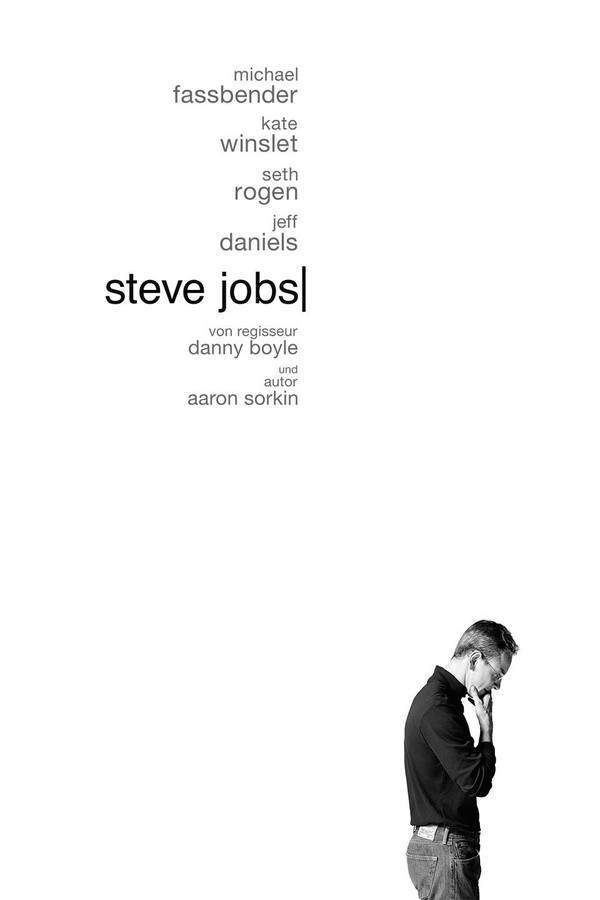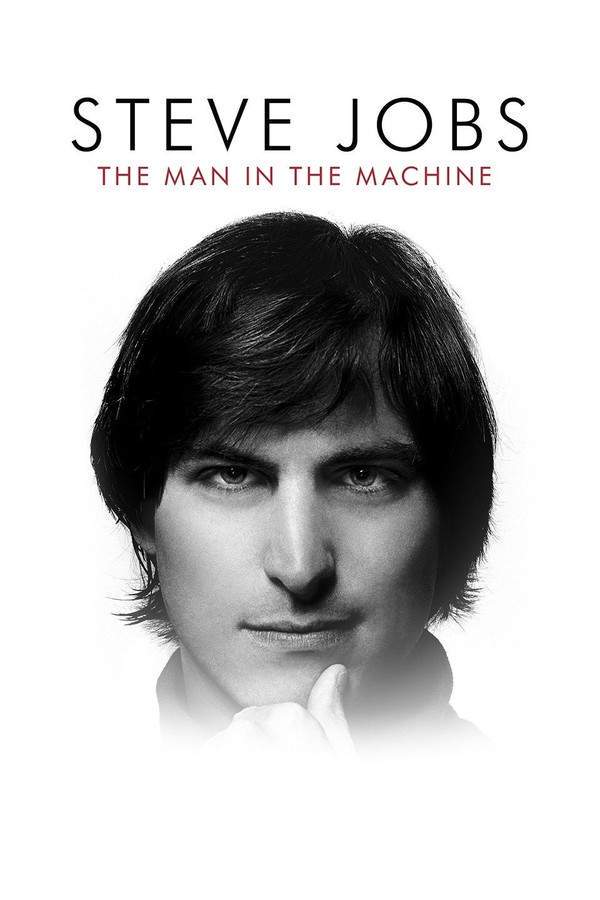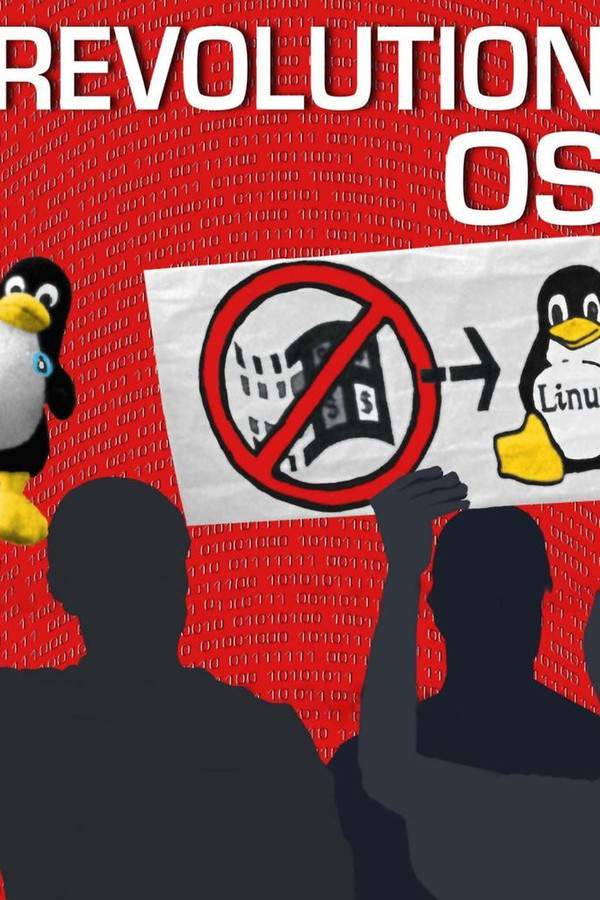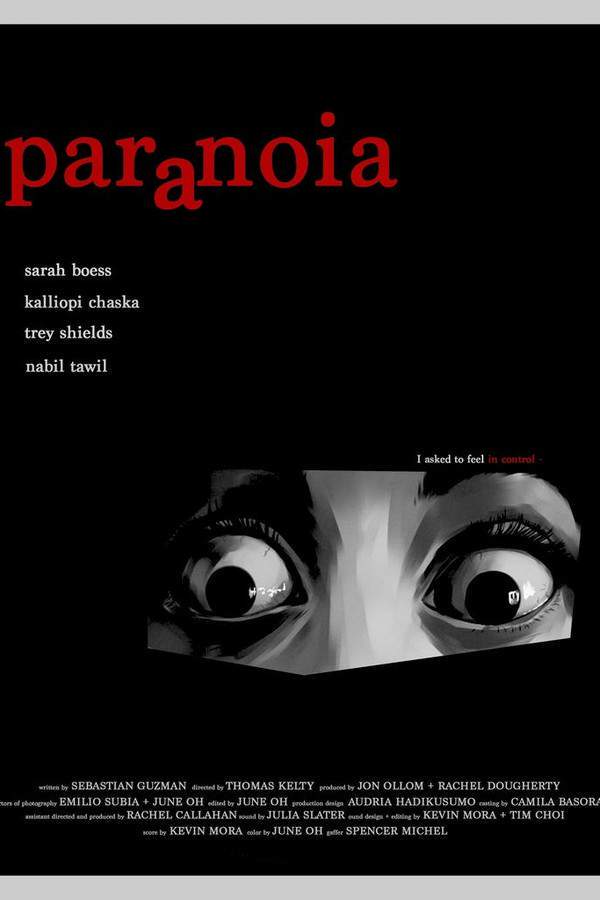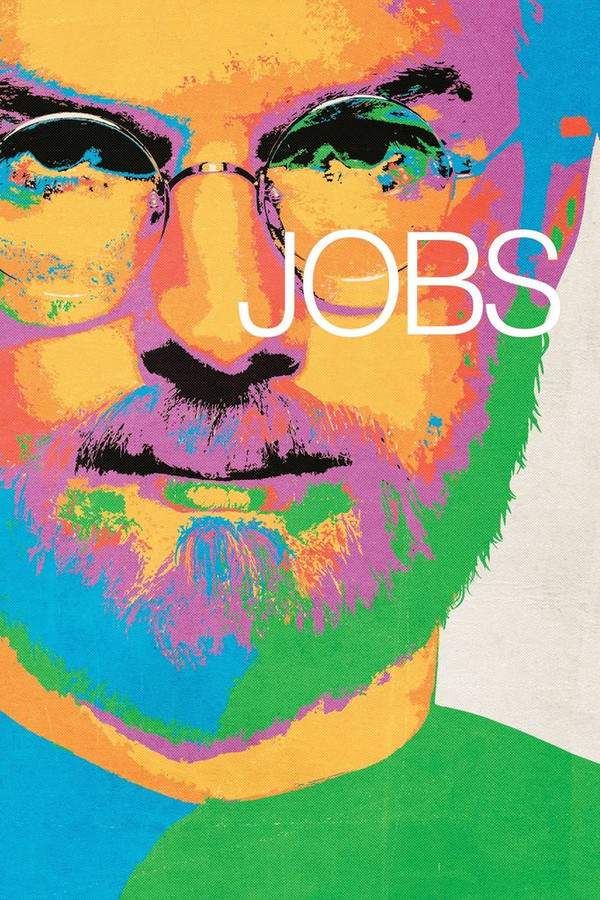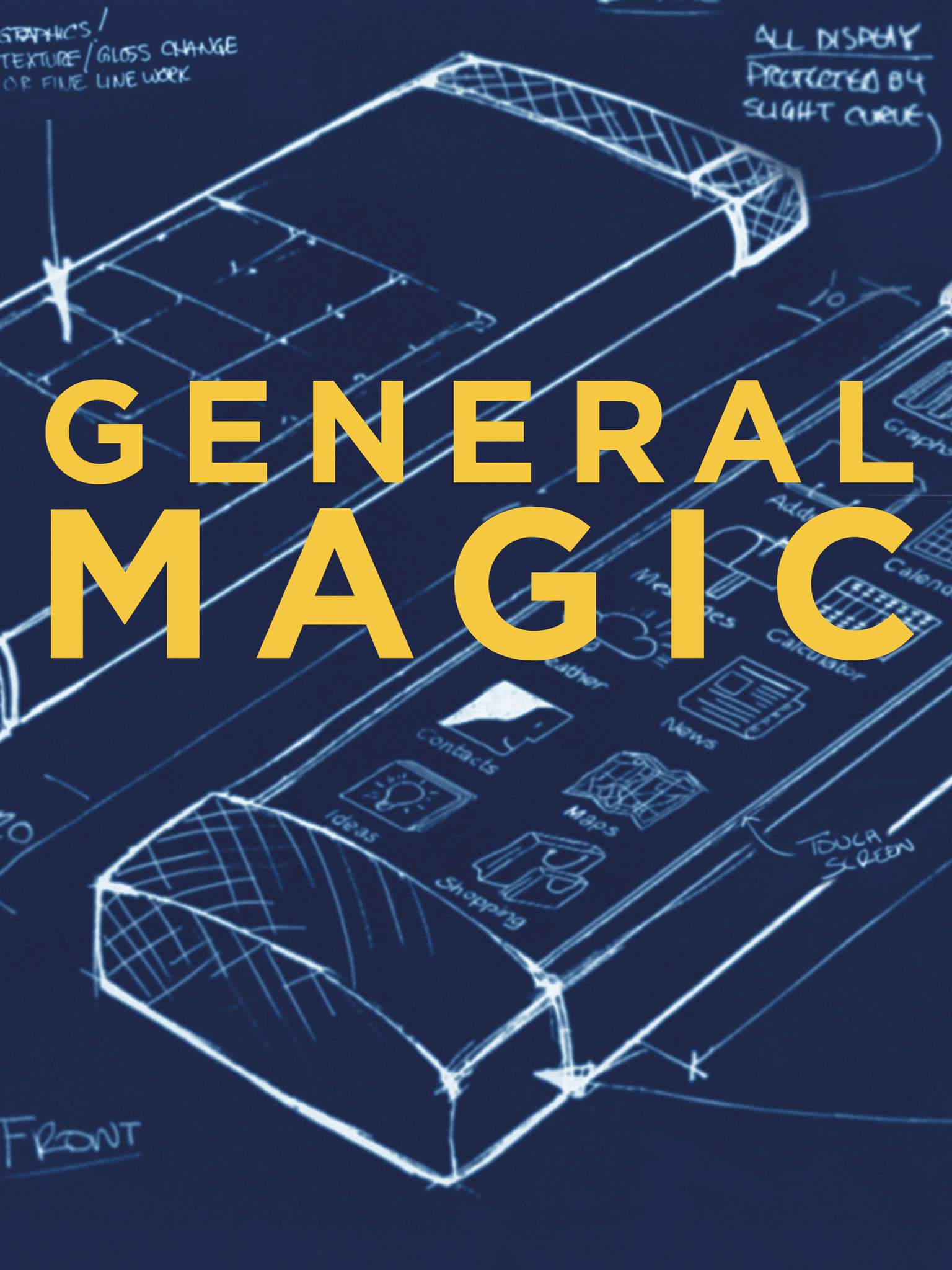Pirates of Silicon Valley
Year: 1999
Runtime: 97 mins
Language: English
Director: Martyn Burke
A dramatized true‑life account of Bill Gates and Steve Jobs, following their early ambitions, college challenges, and the founding of Microsoft and Apple. It chronicles their rivalry, daring strategies, and the pivotal decisions that grew modest startups into worldwide technology empires that transformed modern computing.
Warning: spoilers below!
Haven’t seen Pirates of Silicon Valley yet? This summary contains major spoilers. Bookmark the page, watch the movie, and come back for the full breakdown. If you're ready, scroll on and relive the story!
Pirates of Silicon Valley (1999) – Full Plot Summary & Ending Explained
Read the complete plot breakdown of Pirates of Silicon Valley (1999), including all key story events, major twists, and the ending explained in detail. Discover what really happened—and what it all means.
Steve Jobs sits down with director Ridley Scott to talk through the bold idea behind the 1984 Macintosh advertisement, a moment that frames the film’s broader look at how a single vision can collide with the stark realities of making technology consumer-ready. Jobs insists on a larger purpose behind the project, framing it as the birth of “a completely new consciousness,” while Scott remains focused on the practical craft of production and the mechanics of bringing the commercial to life.
The movie then travels forward to 1997, when Jobs returns to Apple and unveils a new alliance with Microsoft at the Macworld Expo. The narration shifts to Steve Wozniak, portrayed by Steve Wozniak, who becomes one of the two central narrators guiding the audience through the story. Wozniak points the audience toward the tension visible on the big screen—an image of Bill Gates during Jobs’s pivotal announcement—inviting us to ask the perennial question of how they got from there to here. This setup leads into a series of flashbacks that trace the early days of the two tech titans and the unlikely paths that brought them to the cusp of revolution.
The earliest memory unfolds in 1971 on the UC Berkeley campus amid a vibrant, unsettled era of student protest. There, teenaged Steve Jobs and Steve Wozniak are caught in a chaotic riot between protesters and police. In a moment that crystallizes their divergent worldviews, Jobs tells Wozniak, Steve Jobs and Steve Wozniak declare, “Those guys think they’re revolutionaries. They’re not revolutionaries, we are.” Wozniak counters with a quieter, more analytic take, explaining how Jobs always saw things beyond the surface—beyond kilobytes and circuitry to the broader meanings of the universe.
As the narrative broadens, the film shifts to the East Coast. A young Bill Gates, along with Harvard classmate Steve Ballmer and Gates’s high school friend Paul Allen, confront early awakenings about computer software and the fledgling Altair machine created by Ed Roberts. This segment juxtaposes Gates’s pragmatic drive with the more design-focused energy of Jobs and Wozniak, underscoring the different philosophies that would define their later competition. Gates’s discoveries and decisions here set the stage for the later showdown with Apple, a clash that will hinge as much on licensing decisions as on technical prowess.
Back in the garage and the workshop of Jobs’s family home, Apple takes its first faltering steps. The trio—Jobs, Wozniak, and the investor Mike Markkula—build a company around the Apple I and Apple II, a sequence of moments that shows the magic of invention colliding with the workhorse realities of business. The film highlights how a single investor’s faith can propel a tiny operation into a larger-stage phenomenon, setting the tone for a company that would redefine personal computing.
The narrative then moves to 1977, when Apple II makes its debut at the West Coast Computer Faire, a milestone that signals the company’s arrival on the wider stage. The partnership between Jobs, Wozniak, and Markkula grows as they push toward more ambitious products, and the film follows the team as they navigate management, production, and the market’s fierce eagerness for the next big thing. The story then pivots to the development of the IBM PC with the collaboration of Gates and Microsoft in 1981, a pivotal pivot that foreshadows the later friction between Gates and Apple.
Central to the personal dimension are Jobs’s complicated relationships, including his involvement with Arlene, the pseudonymous stand-in for Chrisann Brennan, and the strain of acknowledging his parental responsibilities for their daughter, Lisa. The arc of personal life threads through professional milestones: the unveiling of Lisa, the subsequent Macintosh, and the inspiration drawn from Xerox Alto that informs their approach to user experience and interface design.
A crucial turning point arrives at the October 1983 Apple keynote, where Jobs previews the Macintosh and, in a simultaneous move, learns that Microsoft has secured a licensing deal in Japan to bring Windows apps into PCs. The film captures the heated exchange between Jobs and Gates, a confrontation framed as a clash of principles. Jobs accuses Gates of copying Apple’s designs and acting without transparent partnership, while Gates defends it as a contractual and strategic move—an argument that mirrors a broader debate about fair competition and the fate of innovation. The dialogue echoes a familiar refrain about rivals who push the rules to secure advantage, with Gates comparing their actions to Xerox’s earlier missteps and the broader dynamics of a digital marketplace.
The film closes its main arc with a 1985 toast to Steve Jobs on his 30th birthday, just before he is forced out of Apple by CEO John Sculley. It is a moment of both personal humility and professional upheaval, a turning point that pushes Jobs toward a period of reinvention and eventual return. The retrospective intention of the film culminates in 1997, when Jobs returns to Apple after the NeXT era and publicly announces the renewed alliance with Microsoft at Macworld Expo. The closing frames reveal a more settled life for Jobs: he is married, has children, and has reconciled with his daughter Lisa, suggesting a future in which personal and professional upheavals have given way to renewed purpose.
Throughout, the film uses the two narrators—Jobs’s drive and Wozniak’s practical, grounded memory—to balance the mythic arc of Apple’s ascent with the grounded realities of entrepreneurship. The story stays attentive to both the technical innovations that defined the era and the personal relationships that shaped the choices behind every milestone, resulting in a detailed, human portrait of how a vision for a new kind of technology can collide with the everyday force of business, partnerships, and human ambition.
Last Updated: October 09, 2025 at 09:18
Unlock the Full Story of Pirates of Silicon Valley
Don't stop at just watching — explore Pirates of Silicon Valley in full detail. From the complete plot summary and scene-by-scene timeline to character breakdowns, thematic analysis, and a deep dive into the ending — every page helps you truly understand what Pirates of Silicon Valley is all about. Plus, discover what's next after the movie.
Pirates of Silicon Valley Timeline
Track the full timeline of Pirates of Silicon Valley with every major event arranged chronologically. Perfect for decoding non-linear storytelling, flashbacks, or parallel narratives with a clear scene-by-scene breakdown.

Characters, Settings & Themes in Pirates of Silicon Valley
Discover the characters, locations, and core themes that shape Pirates of Silicon Valley. Get insights into symbolic elements, setting significance, and deeper narrative meaning — ideal for thematic analysis and movie breakdowns.

Similar Movies to Pirates of Silicon Valley
Discover movies like Pirates of Silicon Valley that share similar genres, themes, and storytelling elements. Whether you’re drawn to the atmosphere, character arcs, or plot structure, these curated recommendations will help you explore more films you’ll love.
Explore More About Movie Pirates of Silicon Valley
Pirates of Silicon Valley (1999) Scene-by-Scene Movie Timeline
Pirates of Silicon Valley (1999) Movie Characters, Themes & Settings
Pirates of Silicon Valley (1999) Spoiler-Free Summary & Key Flow
Movies Like Pirates of Silicon Valley – Similar Titles You’ll Enjoy
Steve Jobs (2015) Film Overview & Timeline
The Inventor: Out for Blood in Silicon Valley (2019) Full Movie Breakdown
Steve Jobs: Man in the Machine (2015) Full Summary & Key Details
Silicon Cowboys (2016) Detailed Story Recap
Revolution OS (2002) Detailed Story Recap
Paranoia (2013) Plot Summary & Ending Explained
Jobs (2013) Full Movie Breakdown
General Magic (2019) Detailed Story Recap
Steve Jobs: The Lost Interview (2012) Movie Recap & Themes
Valley of the Boom (1000) Plot Summary & Ending Explained
Inside Bill’s Brain: Decoding Bill Gates (1000) Complete Plot Breakdown
Hackers: Wizards of the Electronic Age (1984) Plot Summary & Ending Explained
The Billion Dollar Code (1000) Ending Explained & Film Insights
The Triumph of the Nerds: The Rise of Accidental Empires (1996) Plot Summary & Ending Explained
Silicon Towers (1999) Full Movie Breakdown



